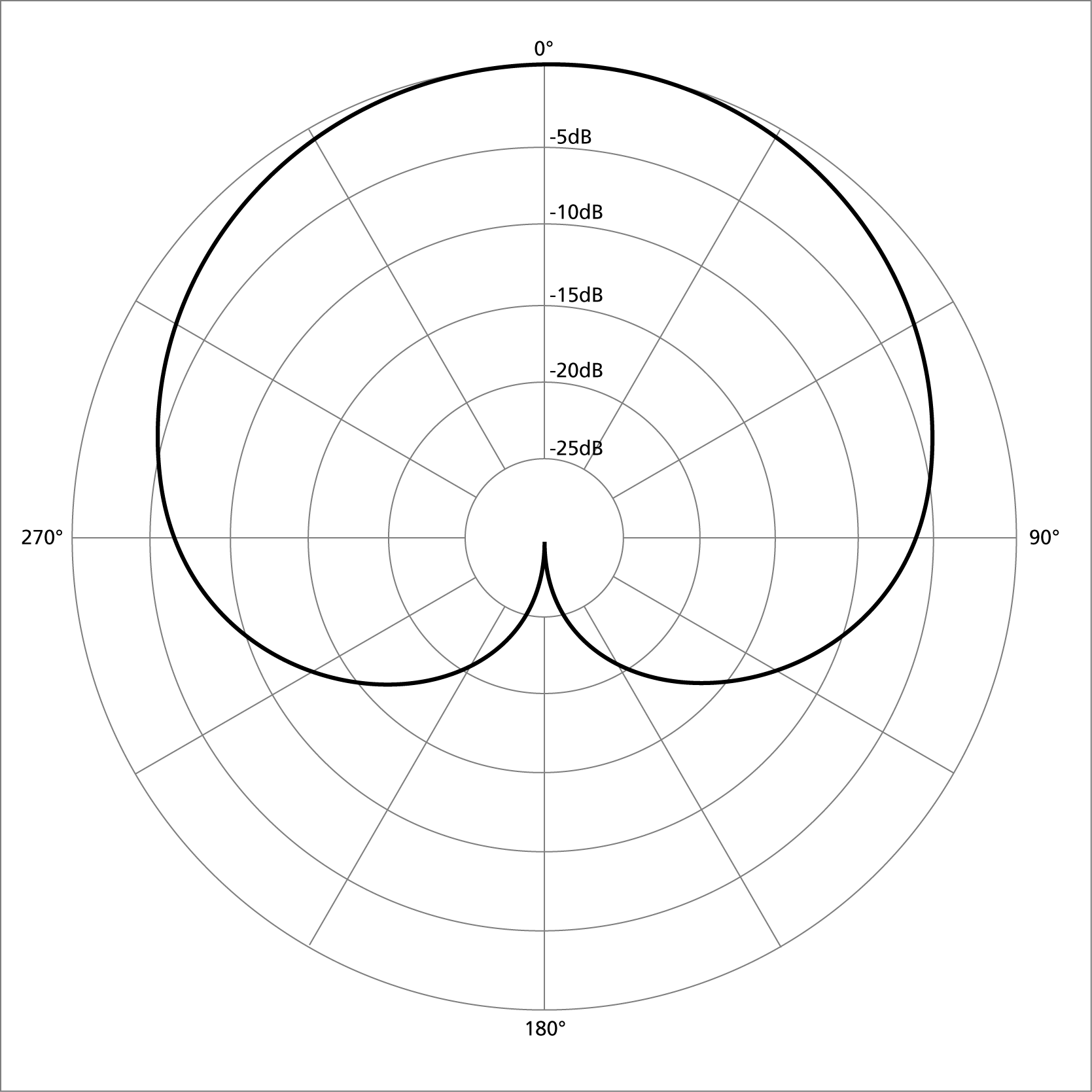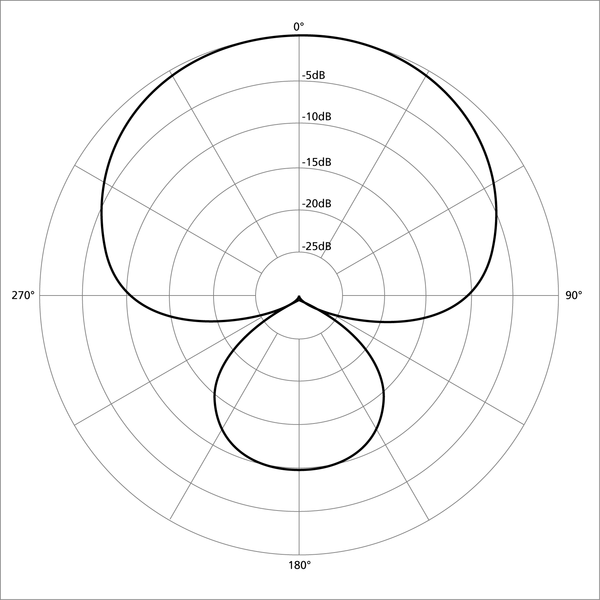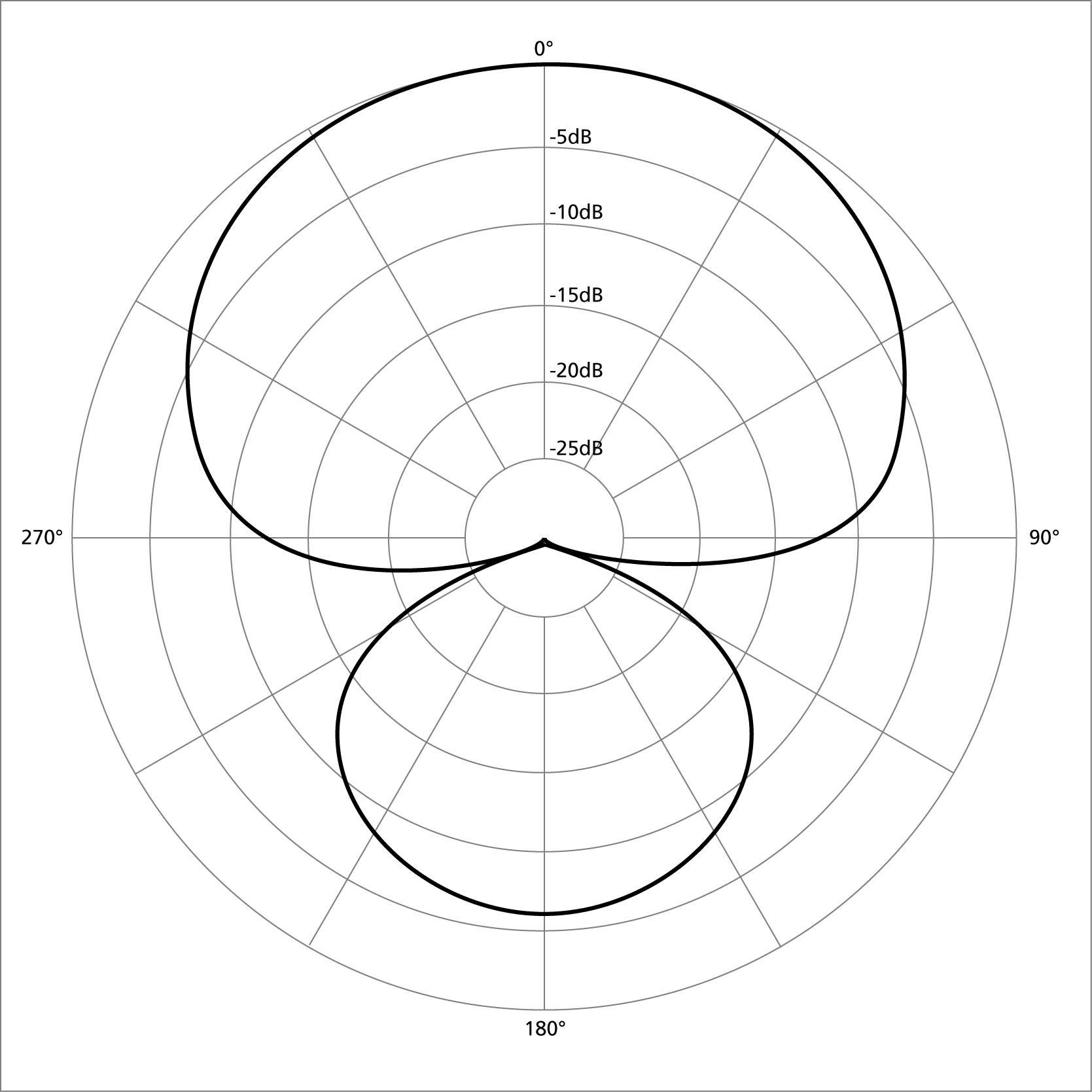Polar Patterns
Before you make the joke, no, they’re nothing to do with the arctic. Or bears. Polar patterns are closely linked with microphones and affect how your mic’s capsule picks up sound.
Just what exactly is a polar pattern? How do they impact the way you record certain sources - be it instruments or vocals? What different kinds are there? Does every microphone use them? We take a look....
Before you make the joke, no, they’re nothing to do with the arctic. Or bears. Polar patterns are closely linked with microphones and affect how your mic’s capsule picks up sound.
At a basic level, a polar pattern is the term used to describe the directionality of a mic. They outline just how sensitive your mic is to any incoming sound waves that are delivered from different angles/directions. It’s sometimes also referred to as a pickup pattern.
Every microphone you use – be it a condenser, ribbon or dynamic variant etc – has at least one kind (with many now featuring multiple types you can switch between), from budget models, to high-end professional products used in world-class recording facilities. Certain polar patterns are better for vocals, different recording scenarios, or capturing specific instruments.

A microphones polar pattern is usually represented in a circular chart format. This visual data offers a look at just how (and where from) the sound is picked up by your mic. Each polar pattern boasts a unique shape which allows you to identify one from another. You can see a variety of these charts in the section below.
Developing an understanding of polar patterns is therefore extremely important if you record and produce your own/others music, or work in live sound regularly. Once you know enough about them, you’ll be able to select the right polar pattern for the job every single time – and subsequently be able to place your mic in the most effective position too.
In this section, we outline the most common types of polar patterns and take a closer look at each of their unique characteristics.

Cardioid Polar Pattern

Supercardioid Polar Pattern

Hypercardioid Polar Pattern

Omnidirectional Polar Pattern

Bidirectional (Figure-of-Eight) Polar Pattern
Now you know what a polar pattern is – as well as all of the most common types around – you should be able to apply this knowledge to how you use your microphones (no matter whether you’re working in a studio or live setting).
Why not check out the rest of our learn content here, or have a read of some other relevant articles below…
Responses & Questions